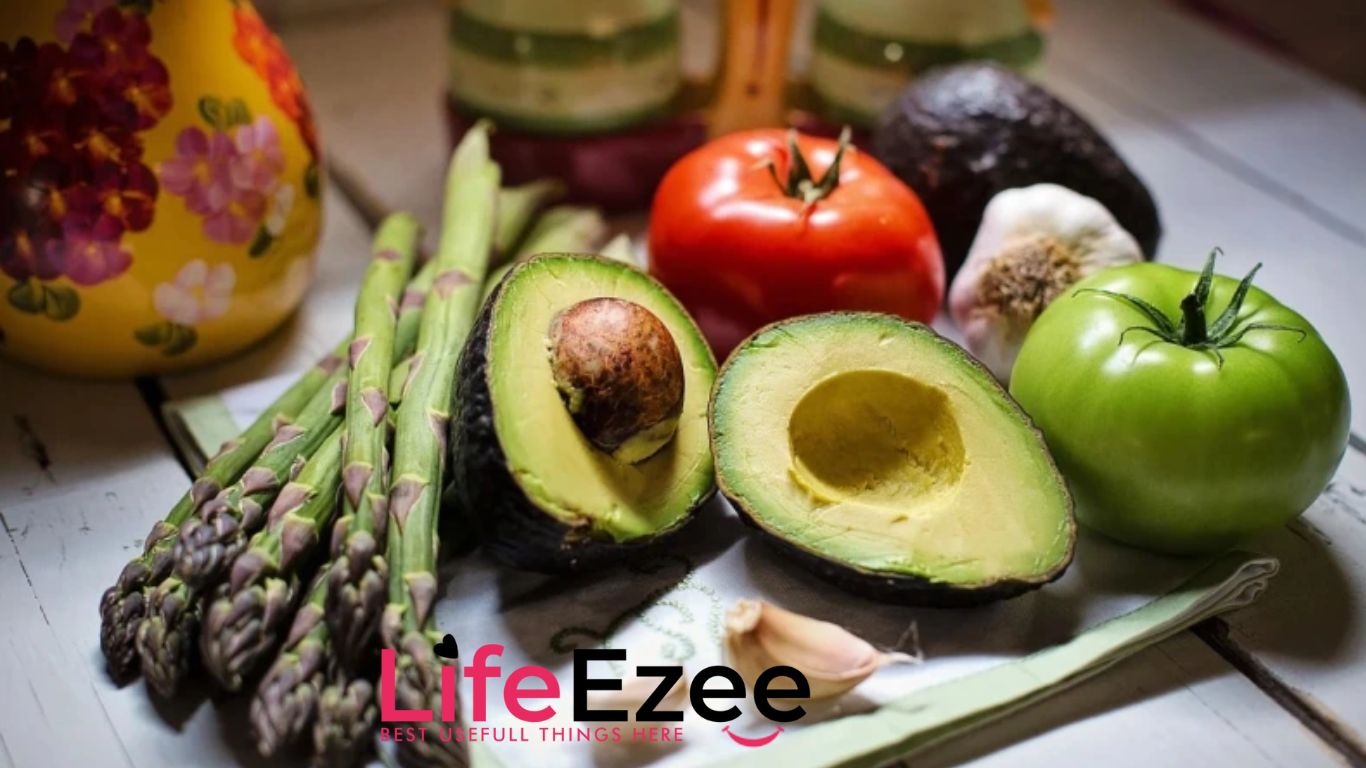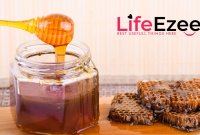Hypertension also referred to as high blood pressure, affects nearly half of the adults in the U.S. The variety of males who have hypertension is barely increased than girls, and in case you are certainly one of them, you could discover your doctor recommending that you simply observe a low-sodium eating regimen. Although your body does need some sodium — because it’s a vital electrolyte concerned with muscle contractions, conducting electrical impulses within the coronary heart, and regulating fluid balance — the typical American diet is extremely high in sodium. Excess sodium contributes to high blood stress and might tax the guts over time.
The Dietary Guidelines for Americans recommends adults limit their daily sodium consumption to lower than 2,300 mg per day, which is the same as one teaspoon of desk salt. However, 97% of males aged 19 to 59 are exceeding the really useful consumption for their age; they generally even attain twice the recommended limit.
A low-sodium eating regimen intentionally limits the quantity of sodium consumed every day and has been proven to successfully cut back blood stress and enhance coronary heart performance. It might be formidable to get began on a low-sodium eating regimen, and it could feel like you need to hand over a few of your favourite meals.
The excellent news is that there are a lot of scrumptious, nutritious meals you may nonetheless eat on a low-sodium eating regimen. Also, you’re more likely to feel so a lot better that any sacrifices will feel well-priced. Keep studying for our full information containing the whole lot you need to find out about a low-sodium eating regimen.
What is a low-sodium eating regimen?
Sodium, which is a various type of salt, is current naturally in sure meals like eggs and spinach. Still, most of the sodium we eat is added to processed and ready meals to enhance their taste and shelf life. Additional desk salt enters the diet when people salt and season their meals earlier than eating it.
A low-sodium eating regimen normally limits daily sodium consumption to 1,500 mg, which is a decrease from the useful daily restriction of two,300 mg and a considerable decrease from what the common American grownup is consuming. Very low-sodium diets restrict sodium even additional. High-sodium meals must be fully eradicated from the eating regimen, and the emphasis must be on complete, pure, unprocessed meals with little to no desk salt added.
When following a low-sodium eating regimen, it’s vital to learn the vitamin label on any packaged meals to gauge the sodium content. Look for meals that comprise lower than 140 mg of sodium per serving. There are additional labels used on merchandise to indicate their sodium content, together with the next:
Salt/sodium-free: Must comprise lower than 5 mg of sodium per serving.
Very low sodium: Contain more than 35 mg of sodium per serving.
Low sodium: Contain a maximum of 149 mg of sodium per serving.
Reduced sodium: The product incorporates at the very least 25% much less sodium than the common model, however, the particular sodium content might be something.
Lightly salted or gentle in sodium: The product incorporates at the very least 50% much less sodium than the common model, however, the particular sodium content might be something.
No salt added or unsalted: No salt is added when making the product, however, it could comprise pure sodium inherent within the elements.
Benefits of a low-sodium eating regimen
Because sodium will increase water retention and blood stress and taxes the guts and kidneys, following a low-sodium eating regimen may end with the next advantages:
- Reduced blood stress
- Weight loss
- Decreased danger of coronary heart assault and stroke
- Improved kidney performance, particularly in those with kidney illness
- Decreased oedema and improved circulation
- An improved eating regimen high quality
Foods to keep away from on a low-sodium eating regimen
People are inclined to suppose that including desk salt in meals earlier than consuming it’s the predominant perpetrator of high sodium ranges, however about 70% or extra of the sodium most people are getting comes from varied salts current in ready and processed meals. The following meals are significantly high in sodium and must be averted on a low-sodium eating regimen:
Fast meals: Burgers, French fries, hen nuggets, pizza, quick meals Chinese, tacos, onion rings, and extra.
Salty snacks: Salted pretzels, popcorn, path combine, potato chips, tortilla chips, salted nuts, salted crackers, pork rinds, cheese doodles and cheese snacks, snack combine, tater tots, and extra.
Salted canned and jarred merchandise: Most canned and ready soups and broths, salted canned corn and different greens, canned chilli, refried beans, jarred franks, spam, pickles, cocktail onions, marinated artichoke hearts, olives, and extra.
Processed meats: Lunch meats and chilly cuts, sausage, bacon, sizzling canines, and extra.
Frozen dinners: Frozen pizza, frozen entrees, frozen ready lasagna, frozen Chinese meal dishes, frozen pot pies, and extra.
Salty packaged facet dishes: Stuffing mixes, instantaneous mashed potatoes, macaroni and cheese, rice mixes, pilaf, hash browns, and extra.
Salty dairy products: Parmesan cheese and processed laborious cheeses, buttermilk, feta cheese, cottage cheese, bitter cream, cream cheese, brie, and extra.
Certain bread products: Canned and ready biscuits and croissants, muffin mixes, many pancakes and waffle mixes, danishes, English muffins, protein pizza dough, tortillas and wraps, croutons, sizzling canine buns, dinner rolls, instantaneous oatmeal, sure boxed cereals, salted bagels, salty crackers, pita chips, and extra.
Sauces and condiments: Soy sauce, salsa, teriyaki sauce, sizzling sauce, barbecue sauce, sauerkraut, sure salad dressings, most tomato sauces, salted peanut butter, and extra.
Beverages: Vegetable juice and salty alcoholic drinks, some sizzling cocoa powders, and extra.
Table salt and salted seasoning mixes: Salt, garlic salt, onion salt, MSG, meat tenderizers, and extra.
Restaurant foods: Soups, broths, appetizers, pizza, entrees. Aim for dishes marked as “heart-healthy” or “lower-sodium” choices, or ask in case your dish might be ready with minimal salt.
Fats and oils: Salted butter, margarine, olio, lard, shortening, bacon fats, and extra.
Other high-sodium items: Anything with over 20% of the daily worth of sodium.
Foods to eat on a low-sodium diet
A low-sodium eating regimen ought to embody as many complete, unprocessed, healthy meals like greens, fruits, legumes, and lean proteins as possible, with cautious decisions of low-sodium dairy merchandise, nuts, seeds, and so forth. Herbs and unsalted spices must be used as an alternative to high-sodium-ready condiments and seasoning mixes. The following are meals to eat on a low-sodium eating regimen:
Vegetables: Fresh or frozen kale, carrots, lettuce, Swiss chard, broccoli, zucchini, cucumbers, onions, cauliflower, asparagus, candy potatoes, beets, squash, onions, and so forth. Avoid canned spinach and most canned greens, as they’re fairly salty.
Fruits: Pears, apples, melons, oranges, grapefruit, plums, apricots, peaches, berries, bananas, pomegranates, kiwi, coconut, tomatoes, dates, figs, and extra.
Whole grains and bread products: Whole, unprocessed oats, complete wheat, barley, brown rice, quinoa, teff, farro, and so forth; low-sodium cereals, low-sodium bread, unsalted pretzels and crackers, plain rice, pasta, and extra.
Lean meats, poultry, and fish: Unsalted recent or frozen lean beef, bison, venison, pork, hen, turkey, salmon, scallops, tofu, unsalted or low-sodium canned tuna, and extra.
Low-sodium dairy merchandise: Naturally low-sodium cheeses (Swiss cheese, goat cheese, ricotta, recent mozzarella), no sodium added cottage cheese, milk, eggs, and extra.
Legumes: Dry or low-sodium beans, lentils, peas, peanuts, soy, and so forth. Rinse canned beans completely to cut back sodium.
Nuts and seeds: Unsalted or very lightly salted almonds, pistachios, walnuts, cashews, pecans, chia seeds, flax seeds, pumpkin seeds, sesame seeds, hemp seeds, sunflower seeds, macadamia nuts, Brazil nuts, unsalted peanut butter, and extra.
Fats and oils: Olive oil, avocados, flaxseed oil, coconut oil, unsalted butter, and extra.
Herbs and spices: Basil, thyme, pepper, cinnamon, clove, nutmeg, ginger, rosemary, cumin, unsalted chilli powder, and extra.
Beverages: Water, tea (herbal tea, green tea, black tea, and so forth.), pink wine, and coffee.
What meals don’t have any sodium in any respect?
While the meals listed above are restricted in sodium, you should still need to pay attention to meals that comprise zero sodium so they’re protected.
Fruits like apples, grapefruit, oranges, bananas, and avocadoes don’t have any sodium. Vegetables, equivalent to spinach, broccoli, asparagus, cucumbers, and squash are additionally sodium-free decisions. Be cautious with canned fruits and vegetables, as salt and other preservatives are usually added.
Related
- The science of ingesting at high altitudes (plus, knowledgeable ideas on your mid-flight cocktail)
- High protein diets: Everything you need to know
- Improve your hair: 14 scrumptious biotin-rich meals to add to your eating regimen properly now
Sample low-sodium diet meal plan
Curious about what a day of consuming may seem like on a low-sodium eating regimen? Below, we share a sample low-sodium eating regimen meal plan.
Breakfast: 1 cup of plain Greek yoghurt with a 1/2 cup of blended berries, 1/2 cup of muesli or low-fat granola, blueberries, raspberries, and unsweetened coconut flakes.
Lunch: Rice bowl made with brown rice, baked chicken breast, avocado, tomatoes, cilantro, low-sodium cheese, lime juice, jalapeño, and unsalted almonds. Side of clementines.
Snack: Melon and unsalted nuts.
Dinner: Grilled salmon over cauliflower rice seasoned with lemon juice and freshly chopped parsley, baked sweet potato with Greek yoghurt or unsalted butter, spinach salad with tomatoes, cucumbers, carrots, and low-sodium dressing.
Snack: Apple with unsalted almond butter sprinkled with cinnamon and one ounce of dark chocolate.




